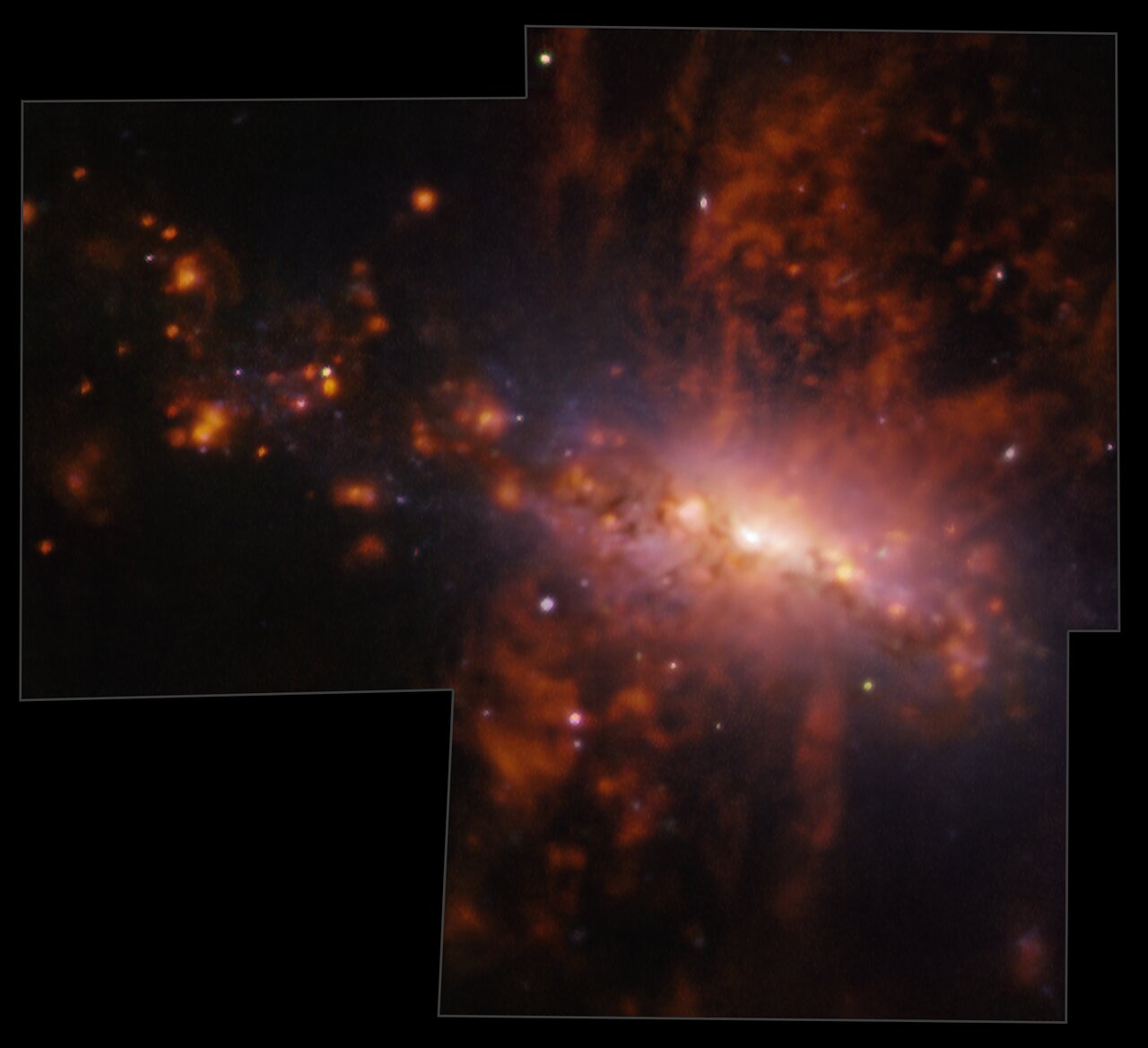Overview
MAUVE (Multiphase Astrophysics to Unveil the Virgo Environment) is a multiwavelength program designed to investigate how the cluster environment shapes the gas–star formation cycle in galaxies falling into the Virgo Cluster.
As satellite galaxies plunge into the cluster, their outer cold gas is stripped by the hot intracluster medium. Yet many retain central gas reservoirs, which could sustain star formation for billions of years. The timing and mechanisms that eventually quench this activity remain unclear. Addressing this requires sub-kpc resolution observations of cold gas, stars, and star formation across a range of infall stages.
To this end, MAUVE aims to characterise the interstellar medium, stellar populations, and star formation activity in 40 late-type Virgo Cluster galaxies at various stages of infall. Leveraging a suite of cutting-edge facilities, MAUVE will deliver a multi-wavelength legacy dataset akin to PHANGS — but focused on the cluster environment.
MAUVE began as a large program with the Multi Unit Spectroscopic Explorer (MUSE) on the European Southern Observatory's Very Large Telescope (VLT), building on the VERTICO (Virgo Environment Traced in CO) survey of molecular gas with the ALMA Compact Array, and the program's name originally reflected this synergy: MUSE and ALMA Unveiling the Virgo Environment. The VLT/MUSE observations provide stellar and ionised gas maps at 100–200 pc resolution, covering the full extent of the molecular gas disks traced by VERTICO.
Since its inception, MAUVE-MUSE has expanded to include MAUVE-ALMA, an ALMA Band 6 program designed to probe molecular gas structure and dynamics down to ~50 pc resolution, and MAUVE-HST, an HST cycle 33 Treasury program that will enable a detailed characterization of stellar clusters, associations, luminous field stars, and HII regions. Additional follow-up observations are in planning. These observations will allow us to investigate how cold gas reservoirs and star formation evolve with infall time, assess the role of outflows, and pinpoint when and where environmental processes affect galaxies. MAUVE will deliver an unprecedented, multi-wavelength dataset with enduring legacy value for studies of galaxy evolution in dense environments, which no other sample currently available can provide.
